I’m going to talk about different wooden boards for charcuterie and many things I have learned about making/eating charcuterie. I use a multitude of styles to bring out the best in food.
Best Woods for a Charcuterie Board
- Hard Maple
- American Cherry
- Olive wood
- Acacia
- Walnut
- Teak
- Bamboo
There are some woods to avoid and many variations, as I’m sure you know. Don’t worry; here is a guide about what works, is universal, and will last a long time.

| Wood | Appearance | Durability | Food Safety | Maintenance | Cost | Notes |
|---|---|---|---|---|---|---|
| Hard Maple | Light color, subtle grain | High | Excellent | Moderate | Moderate | Popular choice, closed grain |
| Walnut | Rich, dark color | High | Excellent | Moderate | Higher | Luxurious appearance |
| Cherry | Warm, reddish hue | High | Excellent | Moderate | Higher | Darkens over time, beautiful patina |
| Oak | Distinctive grain, light color | High | Good | High | Moderate | Open grain, requires more maintenance |
| Beech | Pale color, fine grain | High | Excellent | Moderate | Moderate | Similar to maple, less expensive |
| Teak | Golden brown, tight grain | Very High | Excellent | Low | Higher | Natural oils resist moisture |
| Bamboo | Light color, visible nodes | Moderate | Excellent | Low | Low | Sustainable, but less durable |
| Ash | Light color, prominent grain | High | Good | Moderate | Moderate | Open grain, requires more maintenance |
| Sapele | Dark color, fine grain | High | Excellent | Moderate | Moderate | Similar to mahogany |
| Hickory | Varied color, strong grain | Very High | Excellent | Moderate | Moderate | Extremely durable |
It’s incredible, once you start looking around, how many charcuterie boards there are online.
Many are not from a sustainable source or will take on some funky flavors due to their absorbing porous nature (softer woods especially, more on this later).
So, let’s start with a summary of what’s ideal and expand on it.
Wooden Board for Charcuterie
Non-porous hardwood wood is best for charcuterie boards. Woods such as teak, hard maple, American Cherry, Olive, and acacia are ideal. Other materials that make the best charcuterie boards include kitchen slate, marble, and bamboo.
It’s funny because, technically, bamboo is a hard grass, and its environmental friendliness is up for debate.
Generally speaking, it grows much faster and offers an incredibly hard material. It does make a great charcuterie board, as long as it’s from a sustainable source that hasn’t been planted by chopping down the rainforest.
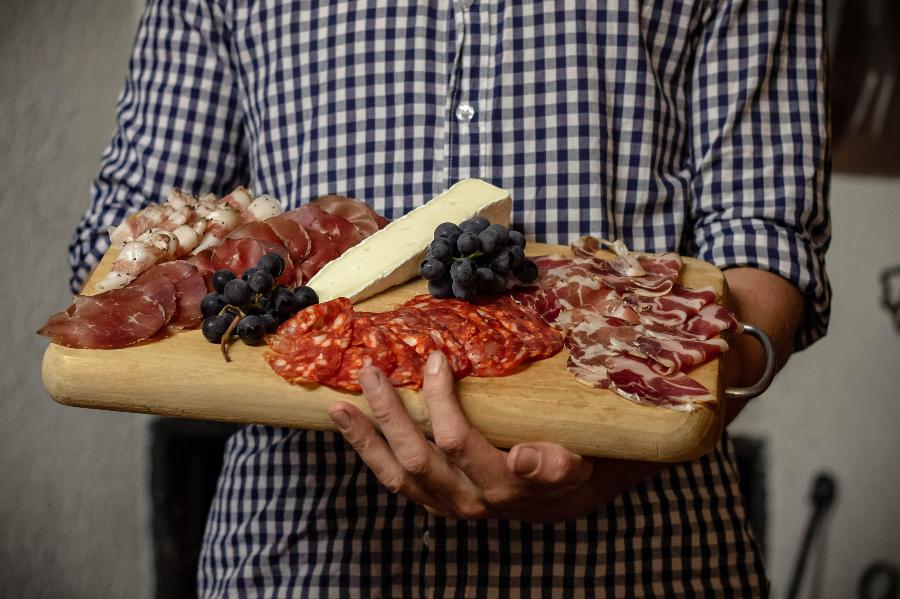
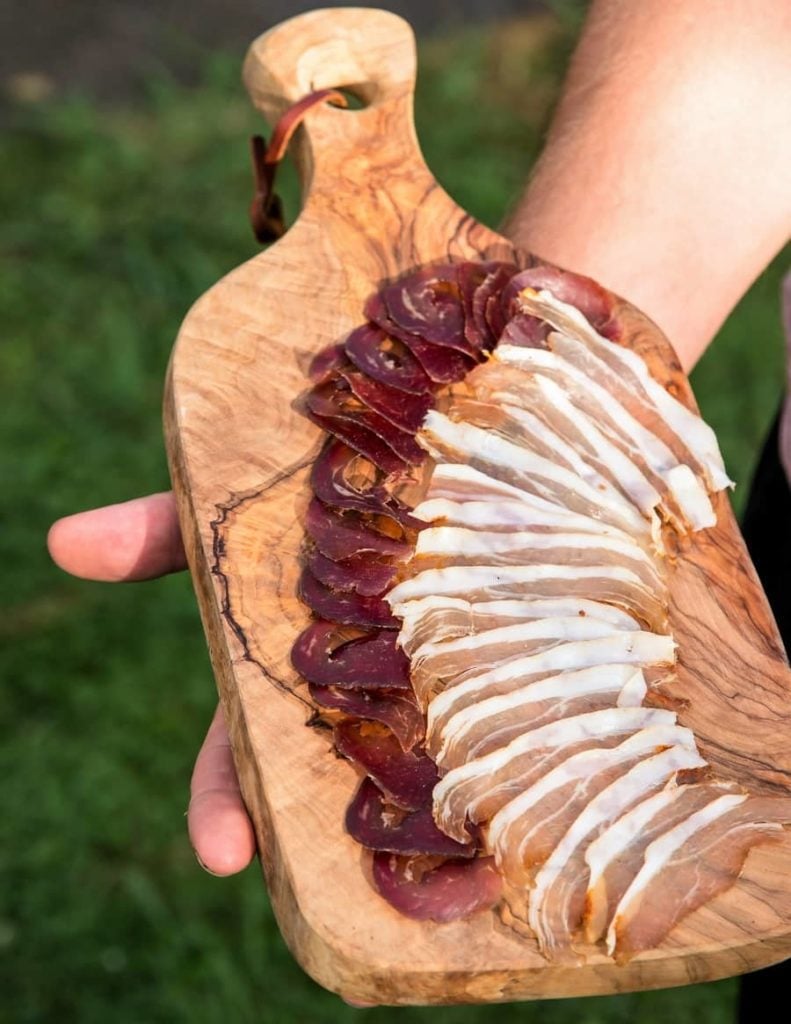
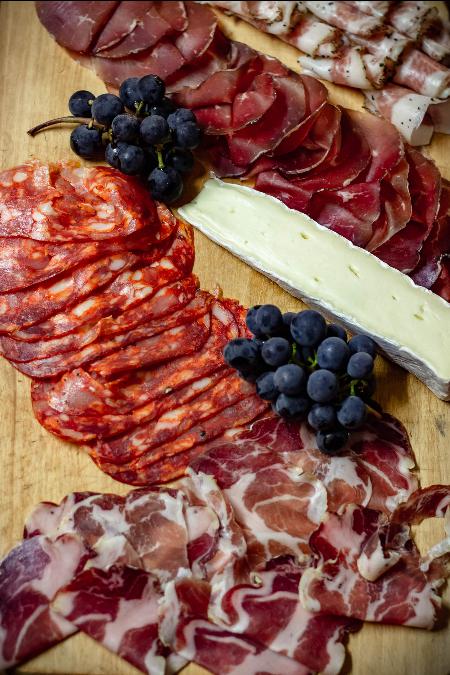
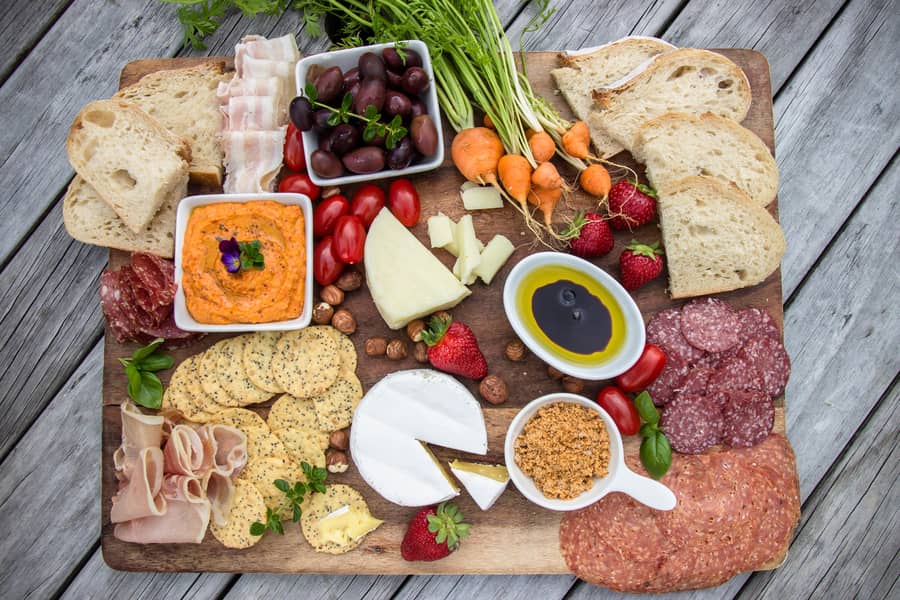
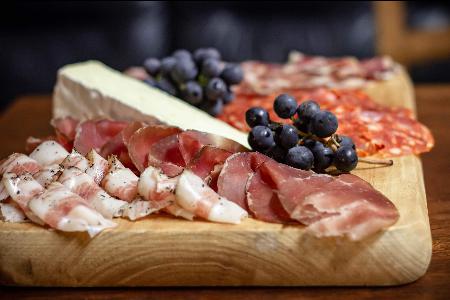
When I make homemade cured meats and charcuterie, I think a lot about how to present them. As they say, most people eat with their eyes.
I will mention DIY boards a bit more at the end of this post. First, let’s list the ones that are fit for purpose and the ones to avoid.
Have you heard of live-edge boards? (There is more on these as well—they are a real piece of art!)
Best Woods for a Charcuterie Board
- Hard Maple
- American Cherry
- Olive wood
- Acacia
- Walnut
- Teak
- Bamboo
Ok, if you have had enough reading – here are some of the finest charcuterie boards for your spreads
With the grains of different woods (here is another article on wood types for boards) like the ones below, you basically get a unique style on every board.
The Style Maker – Walnut Wood
Here is the dream board – I gave this as a present to a close friend.

But when I saw it, it’s got so much class!
If you are willing to invest this walnut board will serve you, your family, and your friends for many years to come. Have a look a cuttingboards.com here. It’s reversible too!
The Class Act
Olive Wood Series
You kind of need the 20″ x 10″ – but there are options for smaller. Mine is about 10-12″ (mine is below with homemade cured meat, of course!).

Olive wood is so distinct – this is such a fascinating wood and holds up beautifully with charcuterie red for meat /yellow for cheese. Grains on olive wood are insane – and of course, this is naturally antibacterial and antimicrobial from the wood.
Here is another beauty from cuttingboards.com, the Montolivo Olive Wood Cutting Board.
![]() The All-Rounder Olive Wood Slab
The All-Rounder Olive Wood Slab
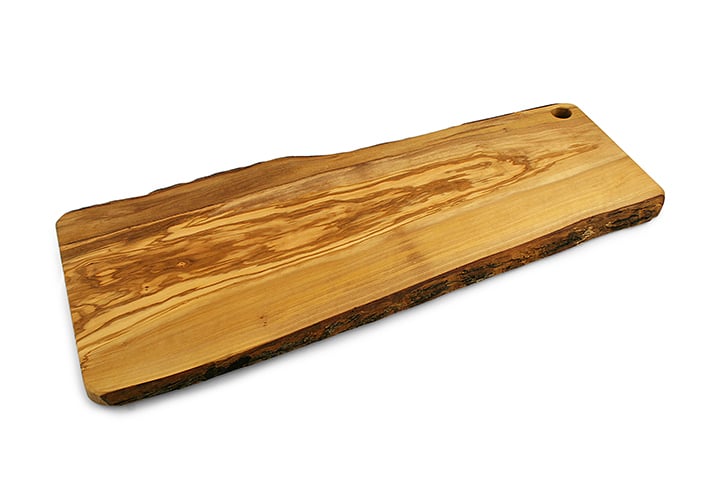
John Boos – Maple Board
Minimalist this can serve many uses but is simple enough to present a delicious charcuterie platter on.
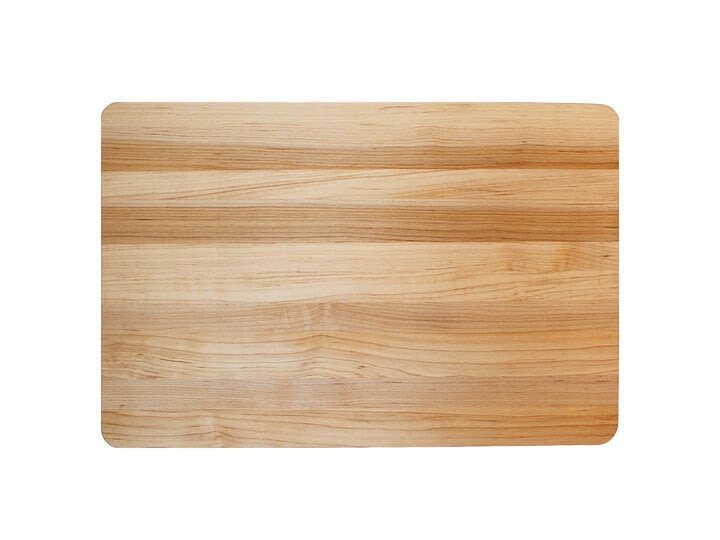
Another reason why I love cuttingboard.com is that they can custom engrave like this (add an image or writing), the above board is perfect for this as a gift or for yourself:
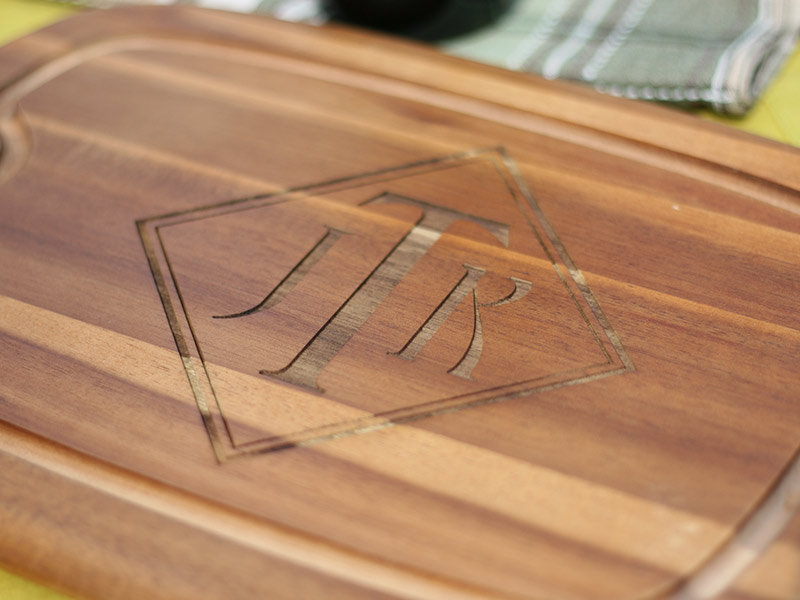
The live edge is amazing.
Black Walnut Charcuterie Board – Live Edge
If I could call a charcuterie board sexy – the extra-long charcuterie walnut board would be it!
What Characteristics Do You Need for a Charcuterie Board?
Solid Wood
There are all sorts of other types of wooden cutting boards that belong in the kitchen. Some are designed for use with a chef’s knife, like end grain boards and self-heal.
Now don’t get me wrong, I present charcuterie meat and cheese platters on these too. But I definitely prefer something that looks a bit more uniform and enhances the style and look of the charcuterie that is placed on. If you going to make an effort, it may as well be all in.
You will find these solid wood boards with tight closed pores and grains that are best suited to this form of presentation.
The checkered pattern look of grain doesn’t quite match up with my charcuterie styling and it is a chopping board anyway.
Hardness (Porosity)
Ash and Oak are examples of soft pore wide grain that would not suit a charcuterie board either. They can take on bacteria even though they still are available online as charcuterie boards. They don’t suit the purpose of putting fermented cheeses or meats.
Little story time
I have some super cute olive wood boards from southern Italy. When we were doing a major driving trip through Tuscany and Umbria, we were quite amazed at how reasonable the cost of all of the wood boards was, even in the touristy castle towns. But they are kind of small and suited for 2-4 people max.
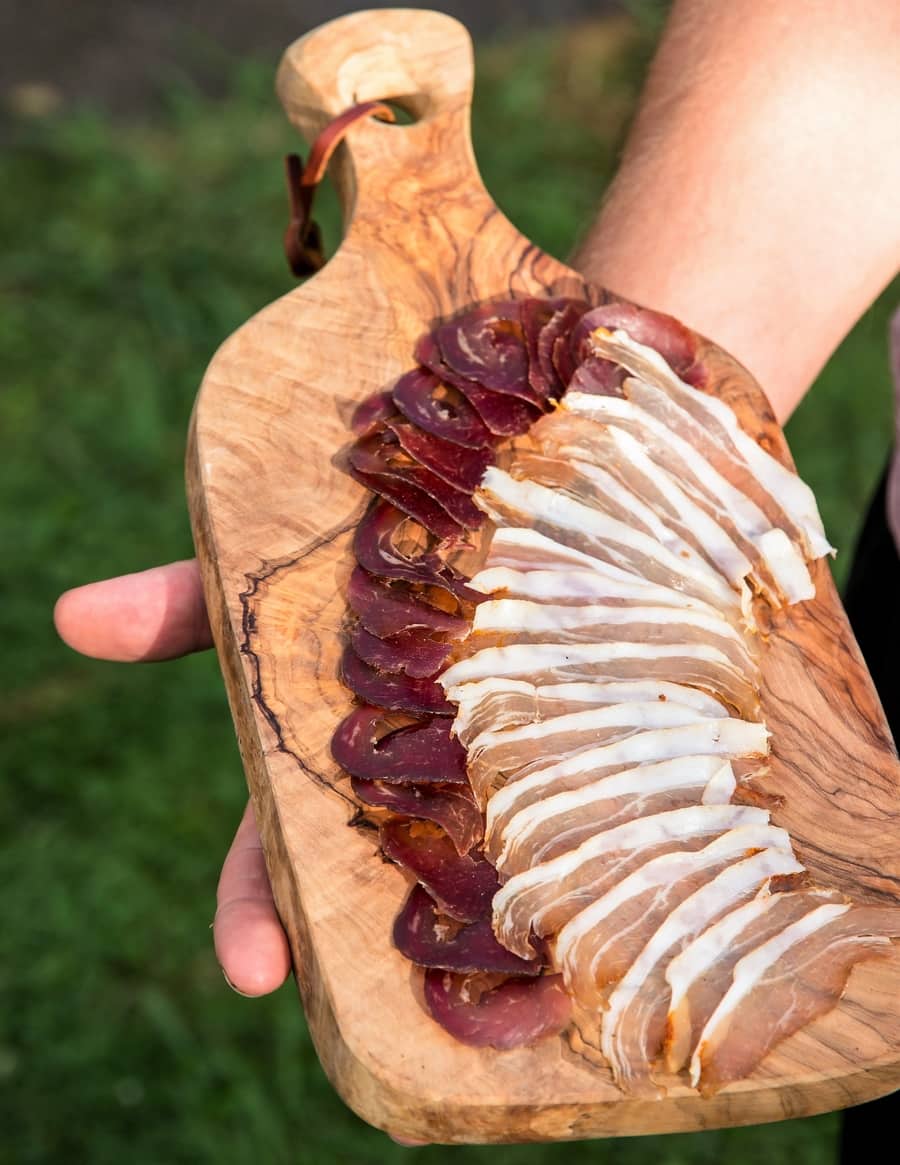
But after driving to the bottom and the top of Italy over three months, you start to realize that a fair majority of the countryside is covered with old olive trees, which end up being tourist cheese boards.
I cured the above-mentioned meat in my regular kitchen fridge. If you want to see how (size and technique are key, but it’sn’t that hard), I wrote a whole post about it here.
Porous vs Non-Porous – What’s That
It’s like where the material will absorb water or odor, which you don’t want on your charcuterie board (here I wrote about different types of boards you can get).
Non-porous doesn’t absorb; porous does.
Woods to Avoid
Just get you on the right track, some boards need to be avoided giving certain flavors like oak, and most softwoods
- Mahagony
- Cedar
- Cypress
- Walnut (certain types – Black is ok)
- Fir
- Larch
- Pine
Especially Avoid Oak – it’s all about porous or non-porous (Oak does suck in the stuff you don’t want).
Varnishing and Lacquering
Apart from chunks coming off, they can also impart not-very-pleasant flavors
Some of these ‘avoid’ woods can make unique boards, but it’s a pain to maintain – trust me. Most of them are not considered ‘food safe’ unless special coatings are applied – avoiding I think is best.
Hardwood and Softwood Charcuterie Boards
Small vs Large
As we all know, bigger is not always better, and quite frankly, a charcuterie board that is covered and full of every type of nut, seed, spread, fruit, vegetable, cured meat, and cheese is a bit overwhelming. But you see so many photos of these around for some reason.
As I have experienced in many regions of Italy, less is more when it comes to cured meats and cheeses. I guess you have to remember that these products were traditionally made to be truly savored.
Here is an example of a charcuterie antipasto (here is an article on cured meats for classic antipasto) board some Italian friends and I compiled in Northern Tuscany around Lucca (but high in Porcini Mushroom country). As you can see the board was basic but it worked nicely for the local cured salumi & cheese.
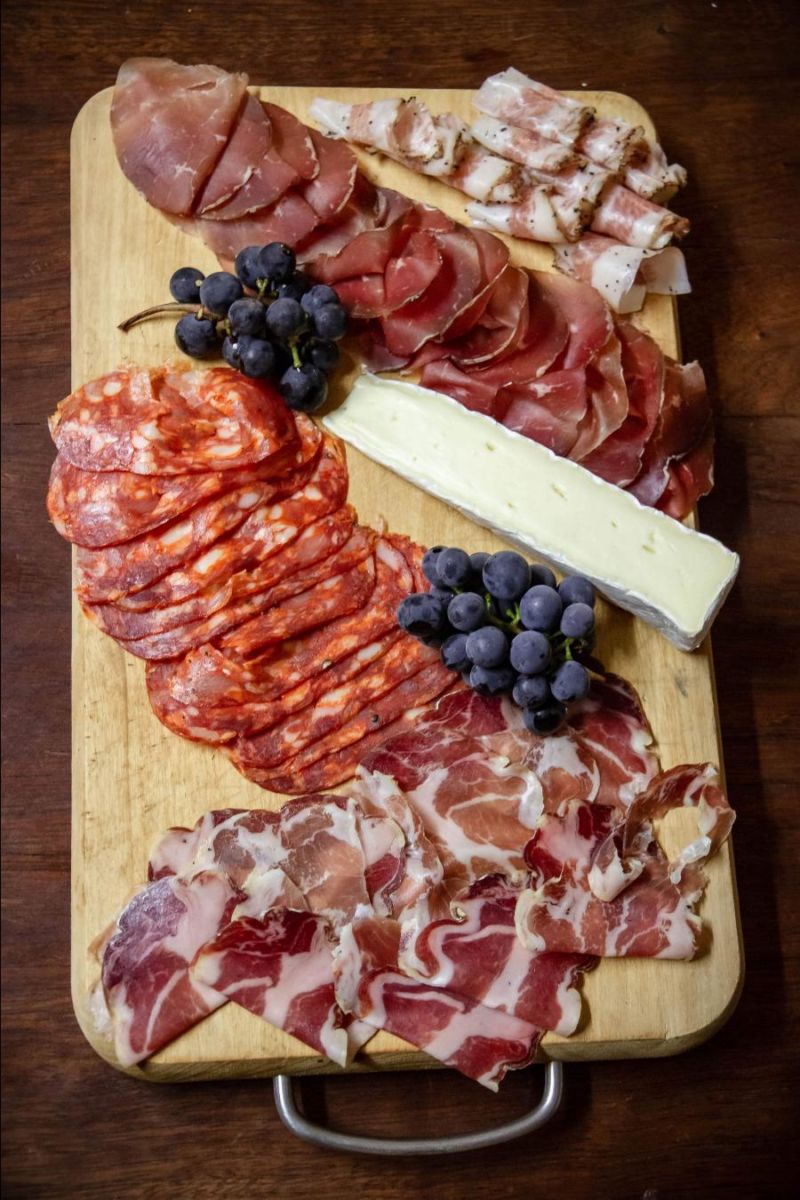
Dishwashers & Wooden Charcuterie Board Cleaning
And when it comes to dishwashers and wooden boards, basically, it’s a big, huge no.
Warping, drying, and damaging the wood is quite often an issue when it comes to the detergents and high temperatures that are usually inside a dishwasher.
But that doesn’t mean you can’t dishwasher your charcuterie board, but you have to choose a non-wood option – my suggestion would be kitchen slate (many sizes, and this one comes with soap chalk for a bit of wow factor). And they do seem to be getting more and more popular for presentation at restaurants I’ve been to all over the world.
The thing about slate is that it is one of the few dishwasher-safe boards with a beautiful dark color that seems to highlight the cured meats and cheeses. It’s kind of like having a dark black background and adding some color to it.
Another cool trick is to use a little bit of chalk and you can even create labels on the board so you can member all those fancy cheese names.
Stone, Granite, Marble Charcuterie Boards
Cheese Boards are definitely a must —marble is amazing and makes a top cheese board due to thermal heat retention, i.e., it keeps the cheese cooler!
Don’t Blunt a Knife with Stone – Use a Cheese Knife/Plane
Specifically, this relates to marble but really granite and stone also will do a really good job of blunting any knife. So don’t even think about using a sharp knife as a cheese cutter on your charcuterie board if you get one of these.
But there are some purpose-built cheese charcuterie knives, if you want the top of the pops – this cheese knife set is awesome (magnetic acacia board and 4 purpose-built knives). But if you want something a little bit more mid-range, does the same job and is still a showpiece – this set is solid.
I quite recently discovered these things called ‘cheese planes’. For cheese slicing, they do an excellent job of slicing cheeses uniformly each time. So you can either have one for the cheeses on the board or use the cheese plane to cut the cheeses easily beforehand.
I reckon the cheese plane’s most important factors are thickness and sharpness. The one I really like that is a bit more of an investment is the Boska Holland Monaco Cheese Plane. But if you’re on a bit of a budget another good looker that does a great job and has all the best reviews is the Boska Copenhagen cheese plane.
Marble
The acid in tomatoes can be an issue with Marble – It is for your classic meat and cheese platter.
I’m pretty conscious of what I spend money on (those simple choices make our family’s futures – yes that’s pretty deep but true), so I was glad to check out that slate is environmentally friendly.
Here is my favorite marble charcuterie board, it’s also a pastry board for its non-stick aspects.
Lastly – How to Make a Wooden Charcuterie Board for a Home
Certain planks of wood, luckily my friend has an Alaskan saw we used to make 3 x 9′ – 3 inch thick sheets of wood. There was a problem tree that was becoming dangerous on his property. And he ended up reusing the wood that we procured from chopping the tree down to make his children a very nice epic treehouse!
Anyway, here is a rundown on live edge DIY making a charcuterie board I found useful.
The Art of Doing Stuff Gives an Excellent Breakdown below.

Tom Mueller
For decades, immersed in studying, working, learning, and teaching the craft of meat curing, sharing the passion and showcasing the world of charcuterie and smoked meat. Read More

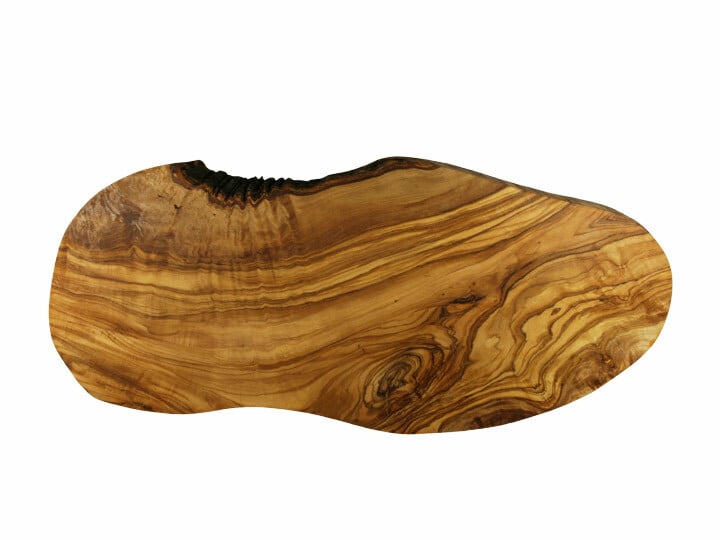
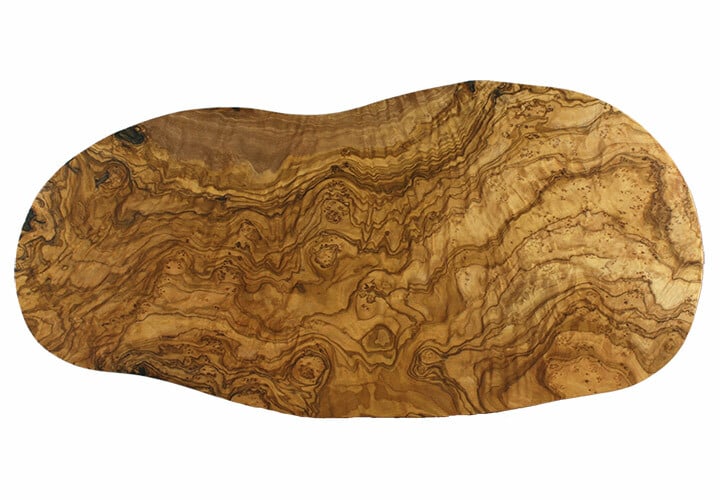

Good morning
I have seen your list of woods to avoid when making charcuterie boards. I’m in the process of combining different woods together for a project and was going to use a thin slice of Chechen wood in between the pieces. Is this ok to use?
Please let me know
Regards Richard
Hey Richard, sounds interesting! I googled the wood, it’s got some beautiful grains. Not sure about applicability for a board. Its another name: “Black Poisonwood” due to the sap. It is a hardwood that seems to be non-porous too, maybe call someone who deals with the wood? Cheers Tom
What about elm? I found some really nice pieces.
Elm… contentious wood. Its seen as sappy and thats enough for me to give it a pass. Might have to do your own research on that, Cheers Tom
I’ve come across some Black Locust wood. I know it is high density but I am unsure if it is an open pore wood. I remember using it as fenceposts and it had a very unique color. Your thoughts?
not sure, never heard results or tried it. There are some negative comments around google though! if it was me, nope! Cheers Tom
Can you use Birch ?
I believe birch is a solid wood to use. Good luck
how thick should a charcutier board be?
I have been to make 12 for a wedding, I need to know how long and wide.
I have boards but I dont make them, and it completely depends on the Width and Length you are after?!?
I did get out a measuring tape, most of mine are 18-22mm, salut!
Good day ! I aquired a nice piece of hickory. Any thoughts on that for a charcuterie board ? BTW..nice article
Thanks, dry it out first, I’m going through the process too. An inch a year they reckon. Cheers Tom
Hi Tom! I see cedar is on the avoid list, can you give a little detail on why this wood is not good? Thanks!
Hey Stephanie, good and bad points include – please have a read of this:
https://craftknights.com/cedar-wood-is-good-for-cutting-boards-but-its-not-perfect/
Hi Tom
I have some live edge myrtle wood. Will this type of wood work? Also, how would you suggest stabilizing the live edge?
Hey there, I am in the same situation! But the boards I need another 12 months to dry out, I used beeswax on the grains to stop cracking, so far so good after 3 months. I’ve seen a you tube video using sunflower oil after sanding but I imagine this isn’t very robust. I might visit a local woodworker and find out more…… Good luck Tom
Hi Tom I’ve just started to get into making charcuterie boards, but What is the best thing to use on a charcuterie board to finish it and seal it up? Can you use an oil or a lacquer.
I love my olive wood boards which have… extra virgin olive oil on them 🙂
All the best,
TOm
can box elder be used?
not sure never used it?!
Have you tried cottonwood?
sorry late response, had no power for a week. I don’t know, but here they say yes – https://www.woodworkersjournal.com/uses-cottonwood/#:~:text=That%20being%20said%2C%20if%20you,as%20spoons%20and%20cutting%20boards. Cheers T
How about Eucalyptus? Thx
Hey, I would not, lots of oils, resins and other compounds in gum type trees
I have a piece of wood neighbor was cutting… not sure if he said it was lavender oak is there such a thing???? It’s a beautiful piece of wood not sure if I could make a charcuterie board out of it?? Help
Heya, Oak yep great wood I’ve seen. Lavender oak? maybe check that one. I would suggest sending a pick to a wood specialist in the area
Cheers Tom